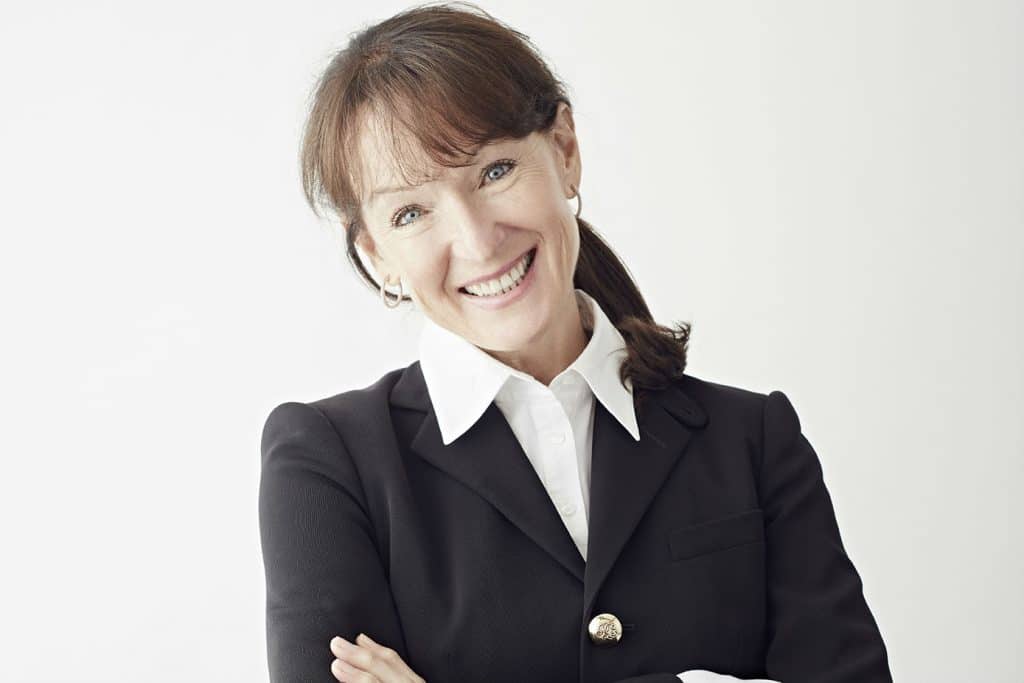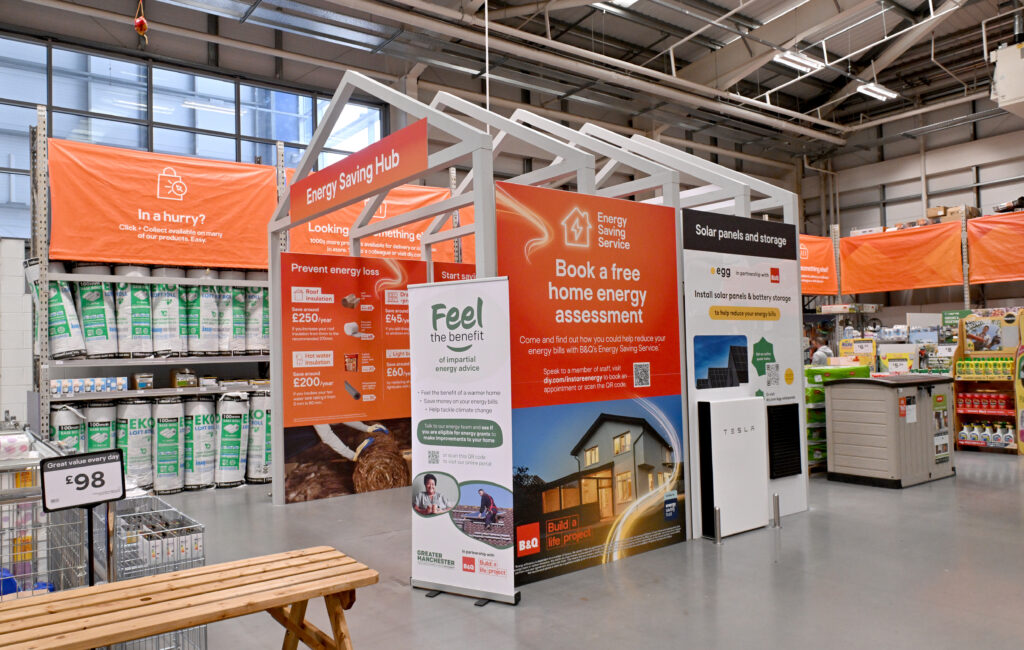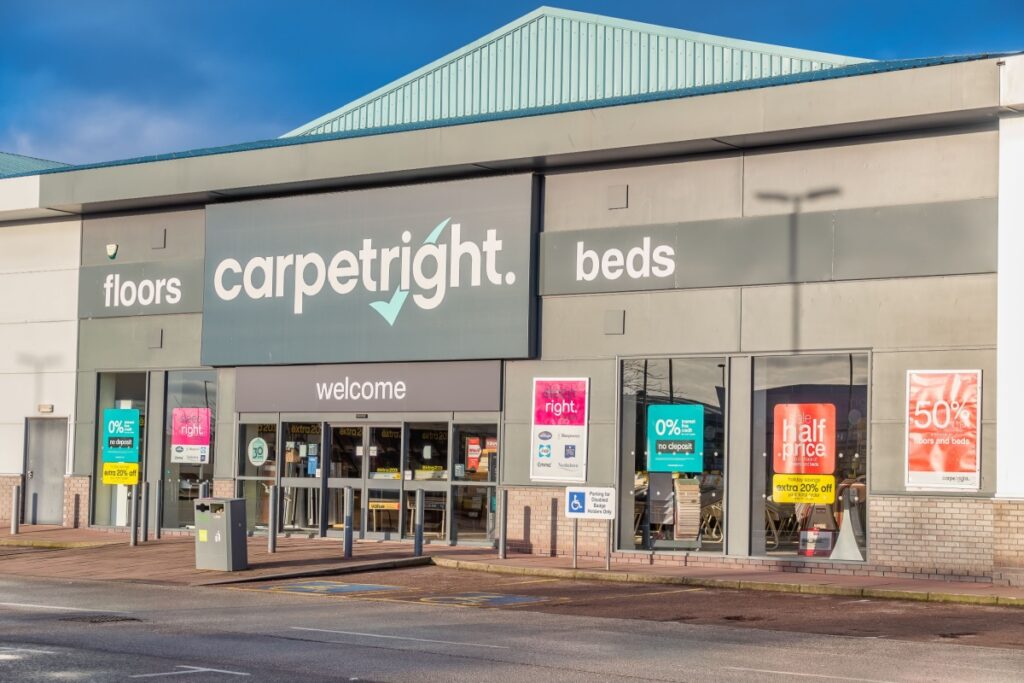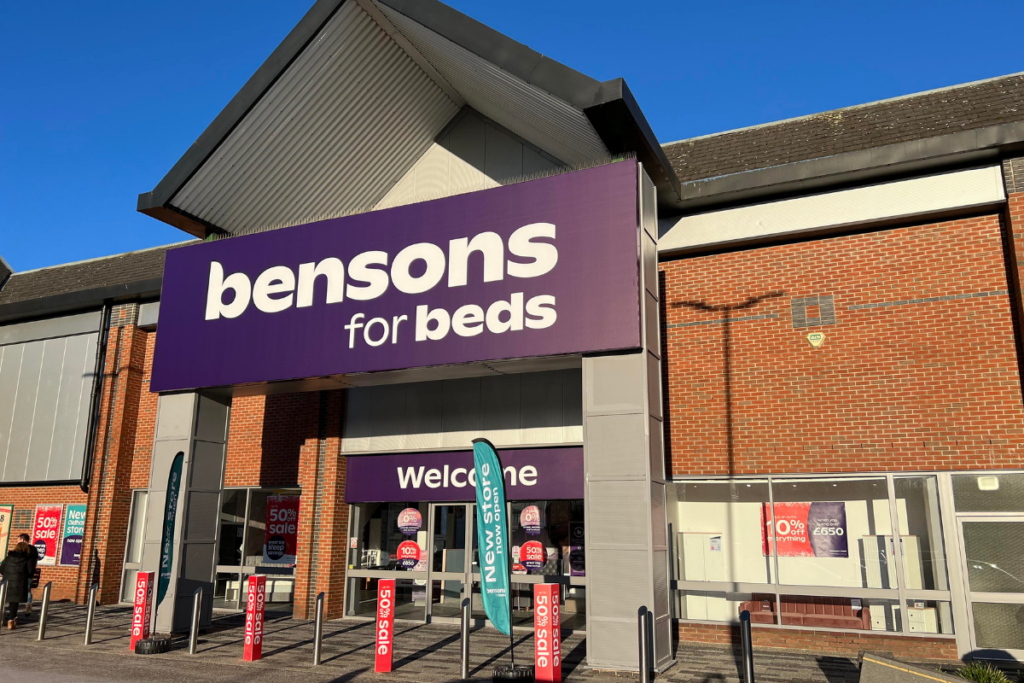Tell us about the de Le Cuona story.
I get asked that a lot and actually there isn’t a straightforward answer. To keep things simple I say 25 years ago, but the origins of de Le Cuona had been brewing before that. The colours and textures of my native South Africa together with my love of travel were the basis for the luxury brand that I knew I wanted to build. I came across artisan weaving techniques during my travels in India and the seeds for de Le Cuona were sewn.
Congrats on the new flagship store! Hows does it feel?
Planning and buying interior fabrics can be an overwhelming experience for consumers. The new store aims to make the buying experience enjoyable for our regular trade customers but equally it should be intuitive and engaging for retail customers, too.
The store also communicates my passion for textiles and travel, culture and contrast. Echoes of my native South Africa are found in the curated collection of one-off pieces from South African artisans. It’s the first time I’ve chosen to sell non de Le Cuona products, but I wanted to translate the de Le Cuona lifestyle beyond fabrics, in one location.
What gap in the UK retail market does de Le Cuona strive to address?
The artisan nature at the heart of everything de Le Cuona does is a key differentiator. We select the best fibres and work with specialist European mills that are as obsessive about their craft as we are. Our natural fabrics are crafted and distinguished by their particular “handle” and “fall”. It is these elements as well as our growing focus on working in a sustainable way that that set de Le Cuona apart.
How is de Le Cuona business model different to its main competitors?
We only weave in Europe. We use only the world’s finest fibres and we understand their provenance. We follow the entire production process from farmer to warehouse. We are unusual and different from other fabric houses in that we start with the fibre rather than the price – quality and sustainability are key priorities. We never use any synthetic or man-made materials unless they are to add strength to match the specification to a fabric.
“Our new Pimlico Road store marks a significant new departure for us.”
What’s in store for de Le Cuona for 2019?
I see 2019 as a year when we consolidate our growth. We have made a huge investment in our new Pimlico Road store and it marks a significant new departure for us. I want to monitor how it performs and eventually roll out the concept to other markets.
How is de Le Cuona addressing some of the challenges facing the retail industry as a whole?
Everyone talks about how online is destroying bricks-and-mortar shopping but I do believe there is a real renaissance in real-world retailing. Coal Drops Yard in Kings Cross, London, is a great example of a new retail concept – mixing interesting, innovative brands with other non-retail activities so that visitors have something to keep them present and engaged.
The industry where de Le Cuona operates tends to be quite traditional but I’ve attempted to disrupt the accepted way of doing things by bringing to life the de Le Cuona spirit through an engaging, interactive store concept that gives customers the tools and confidence to experiment with different colours, textures and approaches to designing their homes.
What would you say is the biggest risk for the retail sector, given the current climate?
Complacency is a real issue in the sector where I operate. If you don’t innovate you will be left behind. There are also all the practical issues Brexit poses that we need to address. Most of our suppliers are based in Europe so logistics and exchange rate fluctuations are a big risk for many retailers.
Describe your role and responsibilities.
Some founders choose to move away from the day-to-day running of the business. That goes against everything I believe in. I guess I am quite unusual in that I am equally at home with the creative aspect as I am with the financials. My role covers the whole gamut of business functions.
My role as creative director is something I particularly enjoy. We have a number of new launches each year and I am continually on the lookout for creative inspiration. A collection might be inspired by the colours of nature in my native South Africa, or a visit to the Hermitage Museum. I then work with a handful of trusted mills in Europe to bring my ideas to life and to innovate via new techniques.
“I do believe there is a real renaissance in real-world retailing.”
My role is also to lead our growth strategy. We are a global business with an eye on new markets and new collaborations. We have an established business in the US, Russia is important for us, and China is increasingly a key market for us.
Tell us a bit about yourself and your background.
I trained in architectural design in Johannesburg, South Africa. The inspiration for my business, de Le Cuona, came on a trip to India more than 25 years ago. A friend who imported Indian carpets invited me to join him. I was mesmerised by the creativity and the wealth of beautiful designs and the level of craftsmanship I saw there. I immediately saw the potential for building a business centred around gorgeous, natural interior textiles.
I started with a small high-end cushion collection that I personally sold into a number of interiors stores. After a great response, I was motivated to start my own luxury fabric collection built around artisan techniques and that was the start of what is now a £10 million global business.
What got you into retail in the first place?
I always knew I wanted to combine luxury with travel, so it was more a case of following my own instincts. It happened in a very organic way and one thing led to another and here I am today. I had no experience of either retail or the textiles industry when I started out. I just knew what I liked and loved innovating to produce new and exciting fabrics and fortunately I found a market for them.
I love the challenge of retail – it’s important never to stop questioning the established way of doing things. My new store at 44 Pimlico Road has been planned and designed so as to disrupt how interior fabrics are sold.
How has your previous experience aided your current job?
I am fortunate in that de Le Cuona has been my main career. I have pretty much learned on the job as I’ve grown the business over the last 25 years. I’ve learnt about everything from talent and retention, financial planning, licensing, logistics and stock management by having to do it myself and of course making mistakes along the way.
What is the most challenging aspect of your job?
As you grow from being a micro business you have to put a whole new structure and range of roles in place. Getting the right people as you grow is an ongoing challenge especially as the type of people you need evolves as you develop the business. Finding a group of people who really understand your vision and who want to be on board is hard across all roles, whether it be in packing, handling the cutting machines or working in the warehouse. I’m a real believer in everyone needing to be part of the team to make the business fly.
That said, there’s no challenge that cannot be overcome. It helps if you don’t have a set view on how staff need to be – a flexible approach is key. Younger workers will have different expectations and different work ethics to those in their 40s or 50s and you have to go with that.
The other thing is that as the boss, you have to learn to let go. You have to be able to trust your team and walk away when needed. I do find that difficult and while it’s still work in progress, I am getting there. It’s also a question of being firm with myself and limiting visits say to my US showroom to once every three months even if the temptation is to go more often.
And the most rewarding?
“I love the challenge of retail – it’s important never to stop questioning the established way of doing things.”
It has to be the creative process. I work in a relatively unorthodox way and don’t follow the standard practice of working with a studio of designers tasked with creative development. I lead the entire creative process and draw inspiration from everything I see. For example, I can walk around an exhibition or new gallery show and as soon as I walked out I have the start of a whole new collection in my head.
The next step is to identify which mills can execute my ideas. I then put pen to paper and with my contacts at the mills work out how to weave the fabric I’ve created and produce samples. The colours I alight on exist in my head and then we play around with pantone colours, adding a dash of this or that to develop something unique. Deciding on the colours for my collections is a mixture of intuition and attention to detail. I look at the colours in the samples closely and consider how they work with existing collections. It’s important that textures, weights and colours work harmoniously together.
Equally important is how the fabric feels to the touch and how it drapes. Performance is also key – it can’t crease too much or wear quickly. Everything is sent to a laboratory to ensure that our quality is second to none.
What advice would you give someone who is considering embarking on a career in retail?
Forget everything you know. Don’t follow what’s out there and think only about delighting and surprising the customer and servicing their needs given the digital environment they have grown up in.
Any last words?
I’m proud to have become known in the industry as a linen specialist and interior designers and fashion houses turn to de Le Cuona when a linen fabric is called for. We’re proud to have invented stone-washed and embossed linens for interior use.
I’ve also been thrilled to have advised historical conservation bodies and de Le Cuona’s paisley is archived in the Victoria & Albert Museum. Our signature paisleys are recognised worldwide.
Click here to sign up to Retail Gazette‘s free daily email newsletter


















